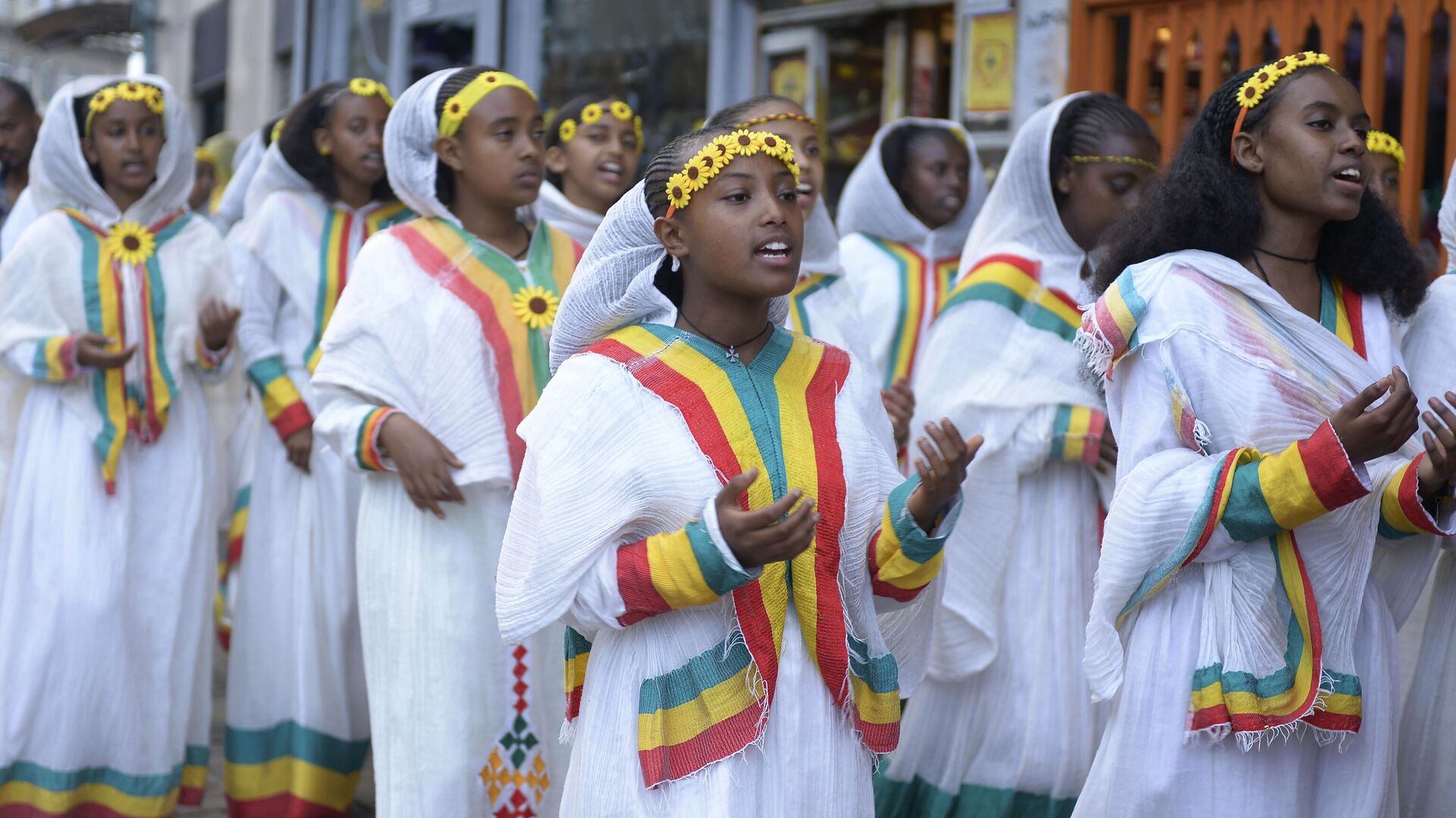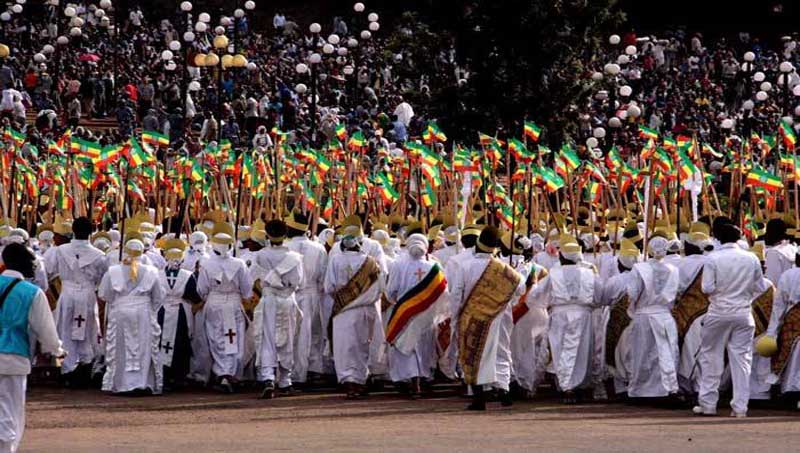Ethiopia celebrates its New Year, known as Enkutatash, on September 11th (or September 12th in a leap year) .

This vibrant holiday marks the end of the rainy season and the beginning of the Ethiopian calendar year, which is about seven to eight years behind the Gregorian calendar.
Enkutatash is a time of renewal and hope, symbolized by blooming flowers and lush landscapes.
Families come together to clean and decorate their homes, often with colorful flowers like the yellow Meskel flower .

Traditional dishes, such as injera and various stews, are prepared and shared, fostering community bonds.
People dress in traditional attire, with women wearing white cotton dresses called habesha kemis and men donning traditional shirts or suits.
The day is filled with music, dance, and the exchange of greetings and blessings. Children often present their parents with flowers or small gifts as a token of love and appreciation

Ethiopian Calendar
Ethiopia uses its own calendar, which is about seven to eight years behind the Gregorian calendar used by most of the world.
This difference arises because the Ethiopian Orthodox Church calculates the birth year of Jesus Christ differently.
Ethiopian calendar: The Ethiopian calendar has 13 months. Twelve of these months have 30 days each, and the 13th month, called Pagumē, has five or six days depending on whether it’s a leap year.
Cultural Significance: Enkutatash marks the end of the rainy season and the beginning of the harvest season, symbolizing renewal and hope. It’s a time for family gatherings, feasting, and various cultural celebrations1






